Health benefits from CoQ10 supplements depend upon the absorption and bioavailability of the substance. The Coenzyme Q10 in nutritional supplements is difficult to absorb and difficult to transfer to the tissues.

The Coenzyme Q10 crystals cannot be absorbed. They must be dissolved to single CoQ10 molecules at body temperature. Only single CoQ10 molecules can be absorbed.
Explanation: The CoQ10 raw material comes in the form of crystals. The human body cannot absorb these crystals. Therefore, the CoQ10 supplement manufacturer must use a process that enables the dissolution of the CoQ10 crystals at body temperature. Note: this is a tricky process because the melting point of Coenzyme Q10 is ten degrees Celsius higher than human body temperature [Judy 2018].
The orally administered Coenzyme Q10 must dissolve in the gastrointestinal tract before it can be absorbed and circulated in the bloodstream. Thus, the solubility of the Coenzyme Q10 is a critical factor that determines its absorption and bioavailability. Poor solubility is a frequent cause of low CoQ10 bioavailability [Judy 2022 Feb].
Accordingly, the manufacturer’s selection and composition of the carrier oils and the manufacturer’s heating/cooling process play important roles in the absorbability and bioavailability of the CoQ10 nutritional supplements. In addition, there is some evidence that including large quantities of antioxidant vitamins such as vitamin C and vitamin E in the supplement’s oil matrix may affect the absorption of the Coenzyme Q10 negatively [Lopez-Lluch 2019].
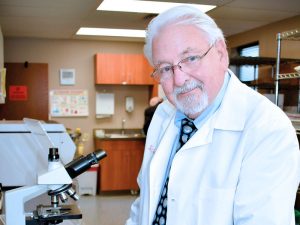
Long-time researcher Dr. William V. Judy published widely on CoQ10 absorption and bioavailability issues. His 2018 book, Coenzyme Q10: An Insider’s Guide, is available from amazon.com. ISBN 978-87-7776-186-7.
Even when they are dissolved, the CoQ10 molecules are too large to be absorbed directly into the blood from the intestinal absorption cells. The CoQ10 molecules that do manage to enter the intestinal absorption cells are packed into chylomicrons and are released into the lymphatic system. In the lymph, the absorbed Coenzyme Q10 moves slowly until it reaches the thoracic duct near the heart and enters the blood circulation [Judy 2022 Nov].
Uptake of Coenzyme Q10 from Supplements
In this section, we present basic information about the absorption and bioavailability of Coenzyme Q10 in supplements. Please note that there is considerable variation from individual to individual in the ability to absorb exogenous Coenzyme Q10 [Lopez-Lluch 2019; Mantle & Dybring 2020].
- The disintegration of the CoQ10 capsule shell in the stomach should occur between 6 and 10 minutes.
- The absorption of the Coenzyme Q10 in a nutritional supplement will be enhanced by the simultaneous intake of a meal containing some fat.
- Divided doses of Coenzyme Q10, taken with meals, will give a better absorption than single doses. For example, 100 milligrams taken twice a day will result in better absorption than 200 milligrams taken once a day [Singh 2005].
- Supplementation with a well formulated CoQ10 supplement becomes more important with increasing age. In the adult years, human cells synthesize less and less Coenzyme Q10 [Kalén 1989].
- Long-term use of a CoQ10 nutritional supplement should not affect the ability of human cells to synthesize endogenous Coenzyme Q10 [Folkers 1994].
- Steady-state Coenzyme Q10 concentrations are achieved typically after a supplementation period of approximately 10 days [Shults 2004].
- Following absorption, the Coenzyme Q10 is taken up by the liver from where it is returned to the blood plasma and is then distributed as needed to various organs and tissues, e.g., to the heart muscle tissue.
- The terminal elimination half-life of Q10 in plasma is approximately 33 hours [Tomono 1986], indicating a low plasma clearance. The extent of metabolism in the liver is not fully known.
- Coenzyme Q10 is secreted primarily via the bile and excreted in the feces [Bhagavan & Chopra 2006].
- It is not necessary to take a ubiquinol preparation in order to increase the ubiquinol content of the plasma and the plasma lipoproteins. Supplementation with a well-formulated ubiquinone preparation will increase the concentration of ubiquinol in the plasma and in all lipoproteins and will increase the resistance of LDL to radical oxidation. [Mohr 1992].
- The Coenzyme Q10 in ubiquinol supplements will most likely be converted to ubiquinone in the gastrointestinal tract, absorbed as ubiquinone, and then converted back to ubiquinol as it traverses the lymph [Judy 2021].
Conclusion: Health Benefits of Coenzyme Q10
CoQ10 health benefits from nutritional supplements can come only from supplements that provide the Coenzyme Q10 in a formulation that enables absorption.
The absorption and bioavailability of CoQ10 supplements depends upon numerous factors:
- the individual
- the manufacturer’s choice of carrier oils
- the manufacturer’s heating and cooling process
The latter two points – the carrier oils and the heating/cooling process – affect the solubilization of the Coenzyme Q10. They vary considerably from manufacturer to manufacturer.
Accordingly, it is important to buy a CoQ10 supplement with documented absorption and bioavailability.
Sources
Bhagavan HN, Chopra RK. Coenzyme Q10: absorption, tissue uptake, metabolism and pharmacokinetics. Free Radic Res. 2006 May;40(5):445-53.
Folkers K, Moesgaard S, Morita M. A one year bioavailability study of Coenzyme Q10 with 3 months withdrawal period. Molecular Aspects of Medicine. 1994;15 Suppl:s281-5.
Judy WV. The Single-dose absorption of different CoQ10 product types into the lymph compared to that transported to the blood. Integr Med (Encinitas). 2022 Nov;21(5):30-35.
Judy WV. The Single-dose absorption and steady-state bioavailability of different Coenzyme Q10 formulations. Integr Med (Encinitas). 2022 Feb;21(1):28-34.
Judy WV. The Instability of the lipid-soluble antioxidant ubiquinol: Part 2-dog studies. Integr Med (Encinitas). 2021 Oct;20(5):26-30.
Judy, William V. The Substance That Powers Life: Coenzyme Q10, An Insider’s Guide. 2018. ISBN 978-87-7776-186-7. Available from amazon.com.
Kalén A, Appelkvist EL, Dallner G. Age-related changes in the lipid compositions of rat and human tissues. Lipids. 1989 Jul;24(7):579-84.
López-Lluch G, Del Pozo-Cruz J, Sánchez-Cuesta A, Cortés-Rodríguez AB, Navas P. Bioavailability of Coenzyme Q10 supplements depends on carrier lipids and solubilization. Nutrition. 2019 Jan;57:133-140.
Mantle D, Dybring A. Bioavailability of Coenzyme Q10: An overview of the absorption process and subsequent metabolism. Antioxidants (Basel). 2020 May 5;9(5):386.
Mohr D, Bowry VW, Stocker R. Dietary supplementation with Coenzyme Q10 results in increased levels of ubiquinol-10 within circulating lipoproteins and increased resistance of human low-density lipoprotein to the initiation of lipid peroxidation. Biochim Biophys Acta. 1992 Jun 26;1126(3):247-54.
Shults CW, Flint Beal M, Song D, Fontaine D. Pilot trial of high dosages of Coenzyme Q10 in patients with Parkinson’s disease. Exp Neurol. 2004 Aug;188(2):491-4.
Singh RB, Niaz MA, Kumar A, Sindberg CD, Moesgaard S, Littarru GP. Effect on absorption and oxidative stress of different oral Coenzyme Q10 dosages and intake strategy in healthy men. Biofactors. 2005;25(1-4):219-24.
Tomono Y, Hasegawa J, Seki T, Motegi K, Morishita N. Pharmacokinetic study of deuterium-labelled Coenzyme Q10 in man. Int J Clin Pharmacol Ther Toxicol. 1986 Oct;24(10):536-41.
The information presented in this review article is not intended as medical advice. It should not be used as such.


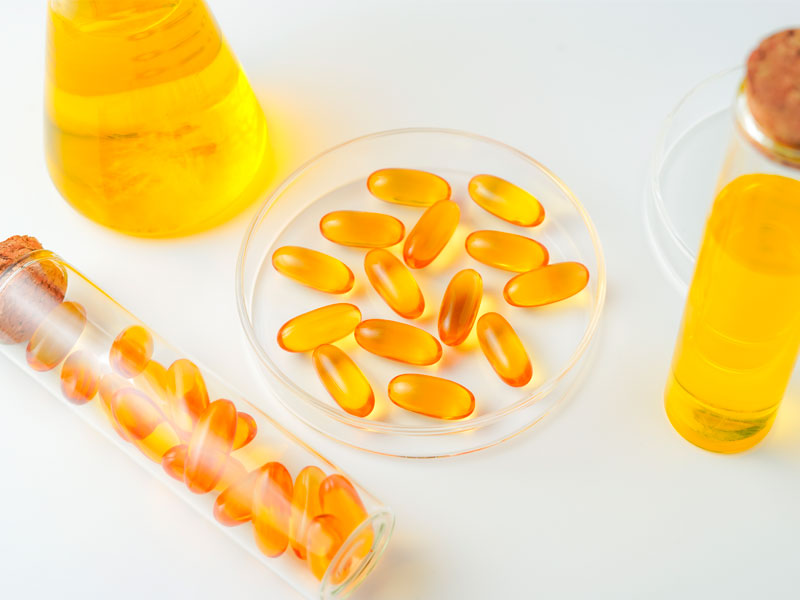
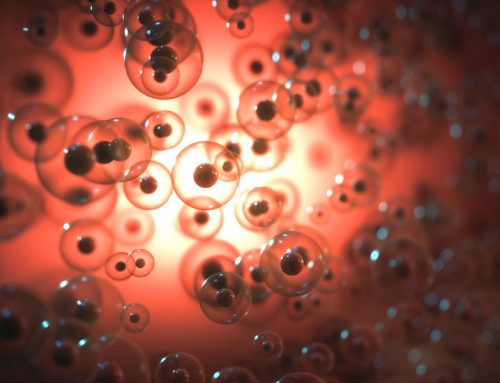
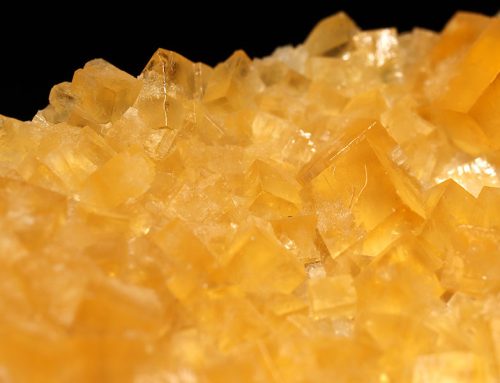
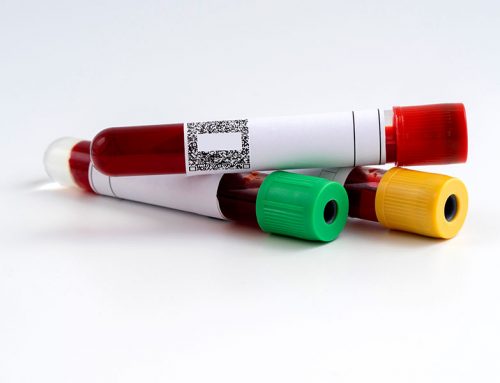
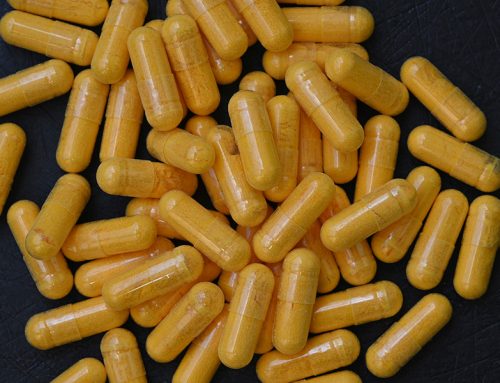
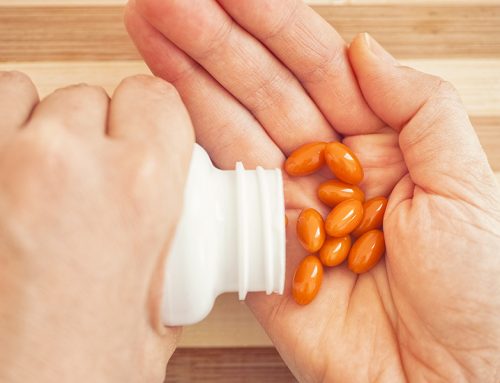
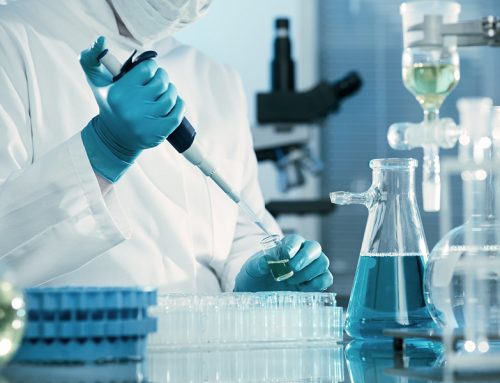
Have all the studies documenting the effectiveness of Coq10 been conducted using the Ubiquinone Pharma Nord Aps product? Is this product available in the USA? Is it a very expensive product? Can it be easily swallowed by the elderly?
Dr Judy tested a product called CoQsol-CF manufactured by Soft Gel Tecnologies and it showed loss of crystal free condition upon cooling. It is advertised by Soft Gel Technologies as being crystal free. It did have better absorption than non-crystal free products. Is there any value in continuing to take this product?
Hello John,
1) There are other clinical studies documenting the effectiveness of CoQ10 supplements. However, at the 2018 conference of the International Coenzyme Q10 Association at Columbia University in New York, I heard the Q-Symbio study of the effect of Bio-Quinone Q10 in chronic heart failure described as the best clinical study of CoQ10 supplementation. There was widespread agreement in the room. Now, in light of the many sub-studies, Prof Urban Alehagen’s KiSel-10 study of the effect of Bio-Quinone Q10 and SelenoPrecise on elderly citizens has taken on more and more importance.
2) The Bio-Quinone Q10 and SelenoPrecise products are available in the US at pharmanord.com and on amazon.com. Both can be swallowed easily. The Bio-Quinone Q10 capsule can also be bitten in two and the contents swallowed and the capsule shell discarded if you prefer. It might be interesting to put the CoQ10 contents under your tongue – perhaps you could achieve some sublingual absorption, but I doubt it as the CoQ10 molecule is a large molecule.
3) You mentioned ubiquinone supplementation. Please note that the pharmacologists Fladerer and Grollitsch have documented that the beneficial effects of CoQ10 supplementation in cardiovascular disease have been seen, so far, only with ubiquinone supplements, not with ubiquinol supplements.
4) Comparing absorption and bioavailability outcomes is tricky. The Bio-Quinone Q10 and the CoQsol-CF formulations have not been tested in the same individuals under the same circumstances. Therefore, the question: how to make a realistic comparison? I suppose the thing that tips the scale in favor of Bio-Quinone Q10 is that it has been shown, in the Q-Symbio study and in the KiSel-10 study, to have beneficial clinical effects. The effects have been shown in studies that have been peer-reviewed and that are described in detail to permit replication. That is the essence of scientific documentation.
Thank you for your interesting questions,
Richard